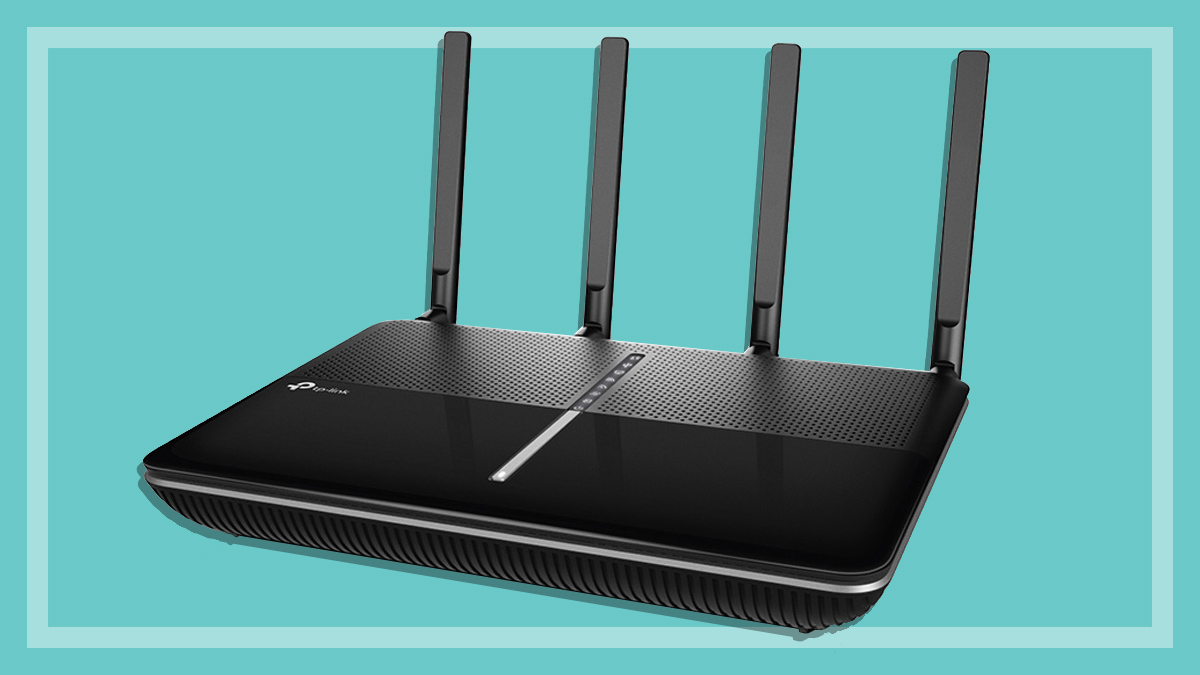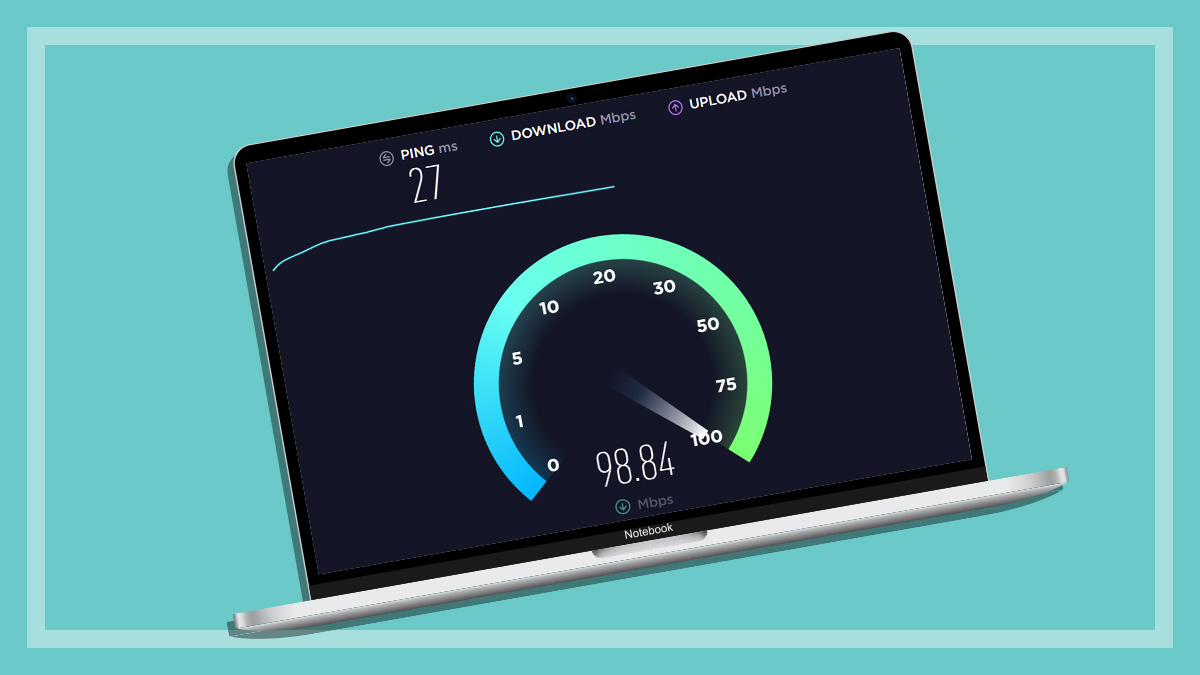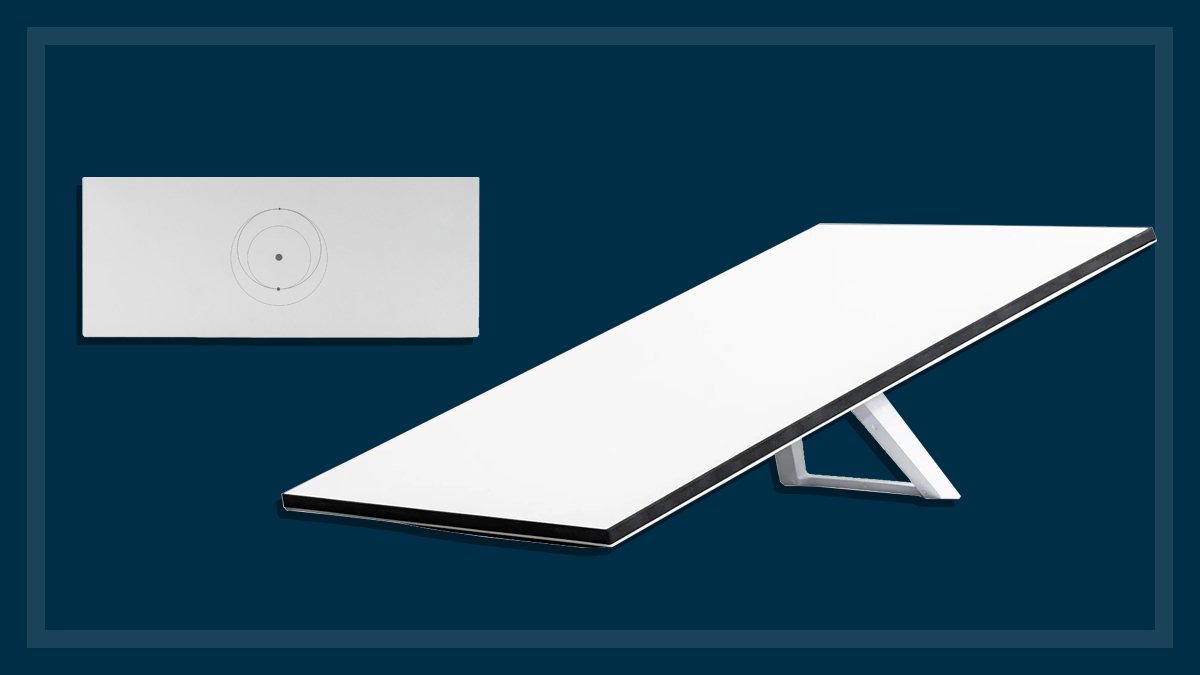Get our independent lab tests, expert reviews and honest advice.
How wireless mesh networks can boost your home’s Wi-Fi signal

Most homes, whether they’re houses or apartments, have to deal with Wi-Fi dead zones. Trying to pick up a signal is almost impossible when your router has to punch through multiple rooms, walls and doors.
On this page:
- What is a wireless mesh network?
- How do mesh Wi-Fi networks work?
- Setting up a mesh network
- Are mesh networks expensive?
- Do you need a mesh network?
In the past, the answer was to use Wi-Fi repeaters, boosters and extenders. But they can be fiddly to set up and a hassle to use, making you manually switch between different Wi-Fi networks as you move throughout your home.
Mesh networks are the new and improved solution. They increase the range of a single Wi-Fi network to plug almost any black spot.
What is a wireless mesh network?
Wireless mesh networking uses a series of nodes (also known as satellites or points) that work together to supply a wider-reaching wireless network that a typical router can’t do on its own. By placing nodes in various locations, you can increase the footprint of your Wi-Fi network, running it around corners and between storeys.
Each node can communicate with the base unit, which needs to be plugged into your existing wireless router or modem, in order to distribute an internet connection throughout your home.
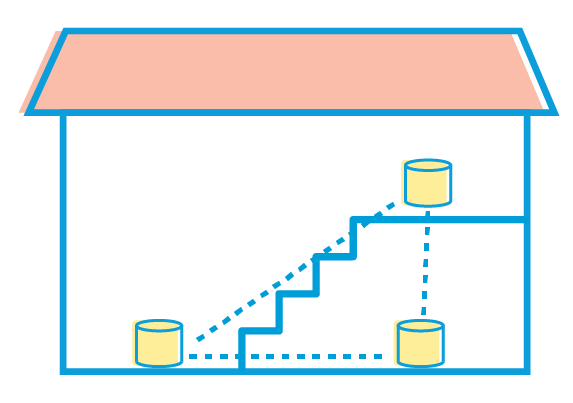
How do mesh Wi-Fi networks work?
All mesh systems have one unit as the primary router, which connects directly to your modem or NBN equipment for internet access and acts as the conductor for the whole Wi-Fi network. The router unit then passes the signal to the nodes, which can pass it on to other nodes (or back to the router).
Some mesh products have a dedicated router unit, which sometimes has additional features to the nodes, such as more ethernet ports or USB ports. In these setups, only that one unit has router hardware in it – the others can only ever be nodes.
In other mesh systems, every unit has identical hardware and can be used as a node or router. But even then, only one unit can ever act as the router at any one time.
Mesh networks vs powerline adaptors vs wireless extenders
The main strength of mesh Wi-Fi is how easy it is to use. It’s simple to set up, and much less of a hassle day to day than older methods.
A wireless repeater or extender can also extend your Wi-Fi coverage, but it creates its own separate Wi-Fi network to do so. As you move about your home, you need to manually switch Wi-Fi networks.
There’s also the added hassle of device-to-device communication. For example, if your laptop is connected to your Wi-Fi extender’s network, it can’t easily talk to anything connected to your router or another extender without going via the internet.
A powerline adaptor uses your home’s electric wiring to take your data from your router and send it to other adaptors. It requires two units: one is placed near and plugged into the router, the other is placed in the room where you’d like the router’s reach to extend to. But it’s prone to signal interference (depending on the type of electronic devices on the same circuit), and both powerline adaptors need to be on the same circuit.
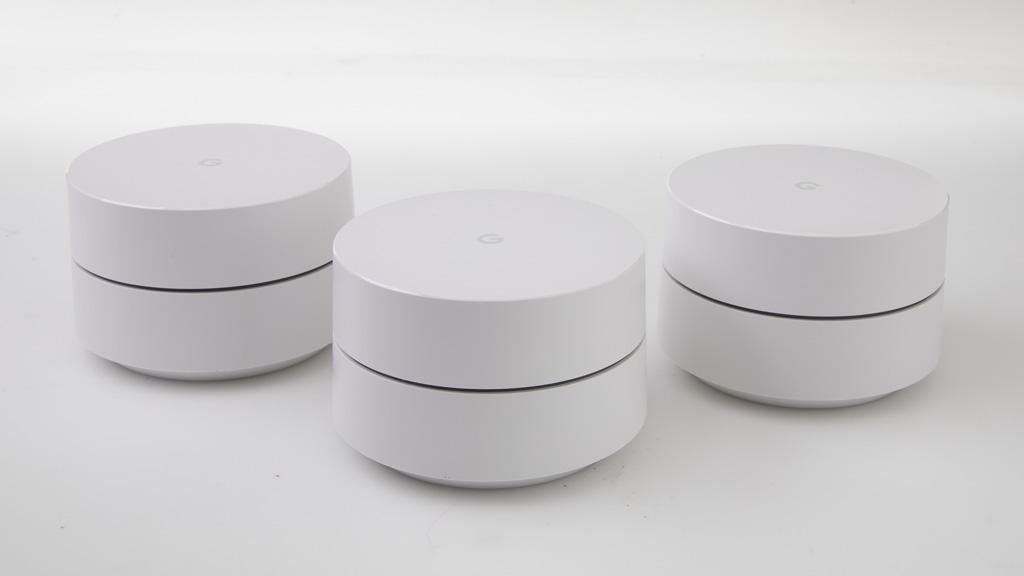
Setting up a mesh network
Setting up mesh networks is usually straightforward. Most come in packs or two or three units, and come with an app or set-up wizard that identifies nodes, automatically connects them to the network, and helps you find optimal placement to ensure the strongest signal. You just follow the steps and the software does most of the work.
Just make sure you change the default Wi-Fi name (SSID) and password when you set it up. Ignoring this is a security risk, and doing it later means reconnecting all your devices to the renamed network.
Adding new nodes
If you still have a few black spots you need to fill, adding more nodes follows the same process as it did originally (i.e. the software does most of the legwork).
That said, you might find you can only buy new nodes in packs of two at a minimum, so it’s a good idea to check how many nodes are in the pack you initially buy.
Are mesh networks expensive?
Prices for cheaper mesh systems have come down in the past few years, but of all the ways to improve home Wi-Fi, mesh networks can be the most expensive.
The base cost is typically higher than a single router, as you need at least two units to get going. Extra nodes will cost you more, though you can add these at a later date. Mesh systems can vary greatly in cost, from less than $100 to well over $1000.
You can sometimes mix and match mesh products from the same brand (this should be noted on the brand’s website).
Examples include TP-Link’s Deco products, D-Link’s EXO range, all current Eero mesh units, ASUS’ AiMesh-compatible products, and more. Google Wi-Fi units can also work with the older Nest Wifi models, but setting it up can be tricky – we’ve only tested this with one Nest Wifi unit in the mix, and haven’t tested compatibility with the newer Google Nest Wifi Pro products.
Do you need a mesh network?
Wireless mesh networks are one of the most convenient ways to spread Wi-Fi around your home, but whether or not you need one depends on the needs of your household.
Reasons you might need a mesh network
- You live in a sizeable apartment/house with multiple storeys, or an old building with thick walls that block the modem/router signal and create multiple dead zones.
- You use a number of portable devices (smartphone, tablet, laptop) and connect most of your tech to Wi-Fi rather than ethernet.
- Your devices are spread around the house.
- You or your family/housemates have demanding network requirements (e.g. simultaneous video streaming).
- A number of bedrooms are occupied and each one requires internet access.
- You have a large backyard that stretches far away from the modem/router.
Reasons you may not need a mesh network
- Most of your devices are in one or two rooms close to the modem/router.
- You can connect most devices via ethernet.
- You live in a small house/apartment and only need to boost the signal in a small portion of the house, like your bedroom.
- You live alone or with one other person, which won’t put a strain on the network.
- You already have a powerful wireless router that can cover most of the house easily.
In these cases, a simple repeater, adaptor or extender can cover a room or two and could be a cheaper solution.
Why we've partnered with WhistleOut
We've partnered with search engine WhistleOut to help you find and buy the right plan for you. While we make money if you buy through WhistleOut, this doesn't influence our rankings. 100% of the money we make goes straight back into our nonprofit mission.

